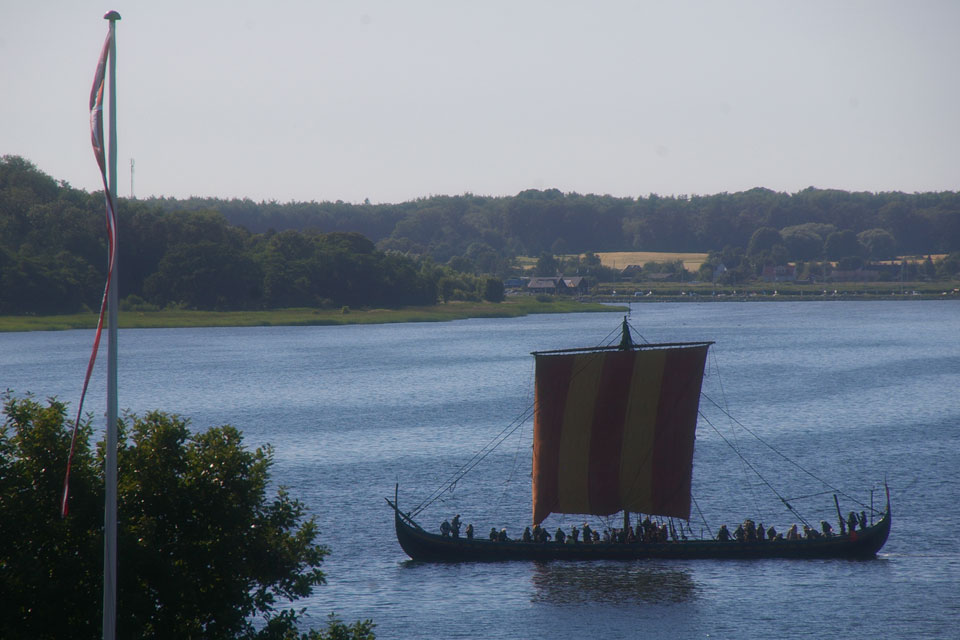New genetic studies of the remains of 442 humans excavated across Europe and Greenland reveal the admixture and the direction of the gene flow ca. 750 – 1000
The maritime diaspora of the Scandinavian people reaching from Kyiv to Newfoundland was a significant momentum causing significant transformations inside wider Europe. The question, though, lingers to what extent these movements should be characterised as hit-and-run events of raiding and trading versus migratory diasporas? One way of exploring this question is to study the genetic mixing and mingling, which took place c. 750 – 1000.
A new study of the genetic profile of 442 humans now confirms the idea that a regular diaspora took place. Indeed, the Vikings moved from present-day Denmark, Norway, and Sweden to settle in Britain, The North Atlantic islands or ,alternatively, seeking east towards present-day Russia and Ukraine.
One result is, that during the Viking Age, different parts of Scandinavia were “not evenly connected”. Some areas were relatively homogenous, while others presented themselves as genetically “open” landscapes presenting heterogeneous coastal communities. Albeit the region was in general flux, the heartlands appear to have kept more apart
The formation of large-scale trading and cultural networks that spread people, goods and warfare took time to affect the heartlands of Scandinavia, which retained pre-existing genetic differences into the Medieval period. Another finding informs us that “many Viking Age individuals—both within and outside Scandinavia—have high levels of non-Scandinavian ancestry, which suggests ongoing gene flow across Europe”. Finally, the different people – Norwegians, Swedes and Danes appear to have set their mark in diverse localities, for instance, the Norwegians and Danes seem to have carved up Britain, leading to the assumption that the Viking migration to Normandy was not carried out by a motley “Scandinavian crew” but rather (as was later told) by a Danish.
SOURCE:
Population genomics of the Viking world
By Ashot Margaryan et al.
In: Nature Vol 585, 17 September 2020
ABSTRACT:
The maritime expansion of Scandinavian populations during the Viking Age (about AD 750–1050) was a far-flung transformation in world history. Here we sequenced the genomes of 442 humans from archaeological sites across Europe and Greenland (to a median depth of about 1x to understand the global influence of this expansion. We find the Viking period involved gene flow into Scandinavia from the south and east.
We observe genetic structure within Scandinavia, with diversity hotspots in the south and restricted gene flow within Scandinavia. We find evidence for a major influx of Danish ancestry into England; a Swedish influx into the Baltic; and Norwegian influx into Ireland, Iceland and Greenland. Additionally, we see substantial ancestry from elsewhere in Europe entering Scandinavia during the Viking Age. Our ancient DNA analysis also revealed that a Viking expedition included close family members. By comparing with modern populations, we find that pigmentation-associated loci have undergone strong population differentiation during the past millennium, and trace positively selected loci—including the lactase-persistence allele of LCT and alleles of ANKA that are associated with the immune response—in detail. We conclude that the Viking diaspora was characterized by substantial transregional engagement: distinct populations influenced the genomic makeup of different regions of Europe, and Scandinavia experienced increased contact with the rest of the continent.
